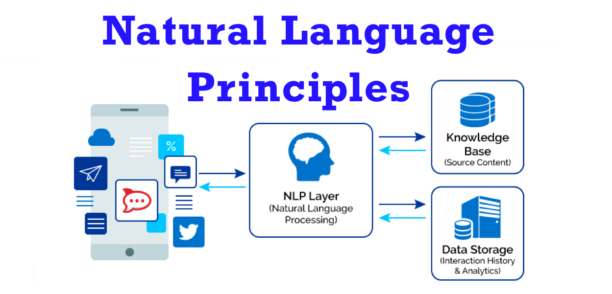Natural Language Processing: Enabling Human-Machine Communication

About Course
In a world where machines increasingly interact with humans, Natural Language Processing (NLP) stands at the forefront of this communication revolution. From virtual assistants like Siri and Alexa to real-time translation services and AI-powered chatbots, NLP bridges the gap between human language and computer understanding. This course explores how machines learn to comprehend, interpret, and generate human language, making them more intelligent and conversational. Through an intuitive blend of theory and real-world applications, you’ll discover how NLP drives innovations in AI, customer service, social media analytics, and much more.
Whether you’re fascinated by the intricacies of language or excited by the technical mechanics of AI, this course will provide a solid foundation in the principles, processes, and tools of NLP. You’ll not only understand the challenges of teaching machines our nuanced language but also gain hands-on insights into how NLP is transforming industries—from healthcare to finance to education. Dive in and become a part of the future of human-machine interaction.
Course Content
Introduction
Definition of Natural Language Processing
00:00Importance of Natural Language Processing
00:00History of Natural Language Processing
00:00